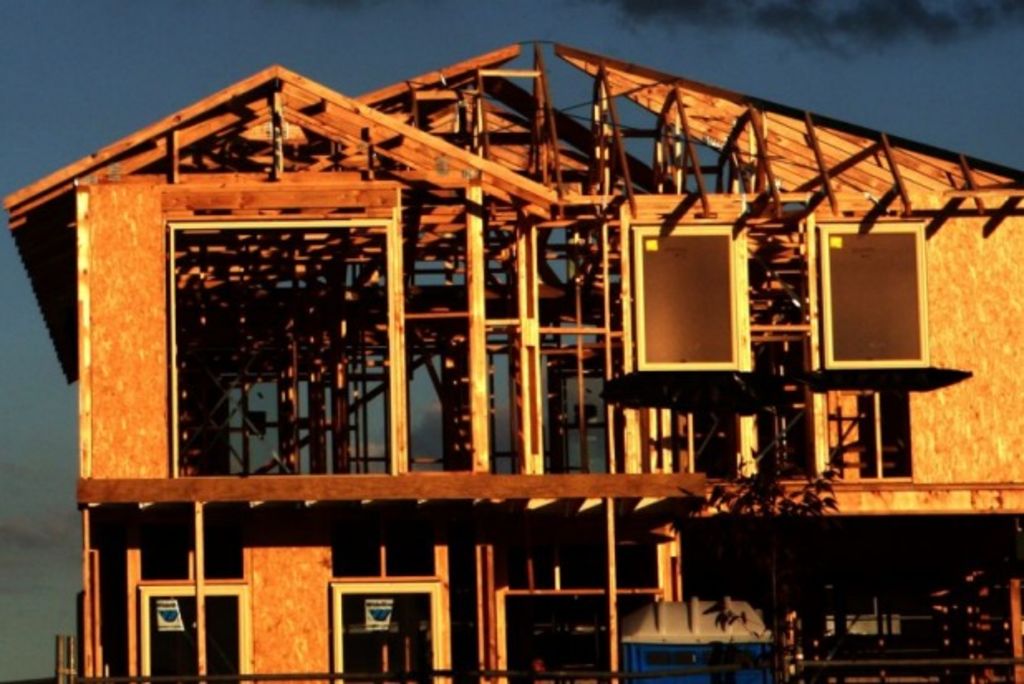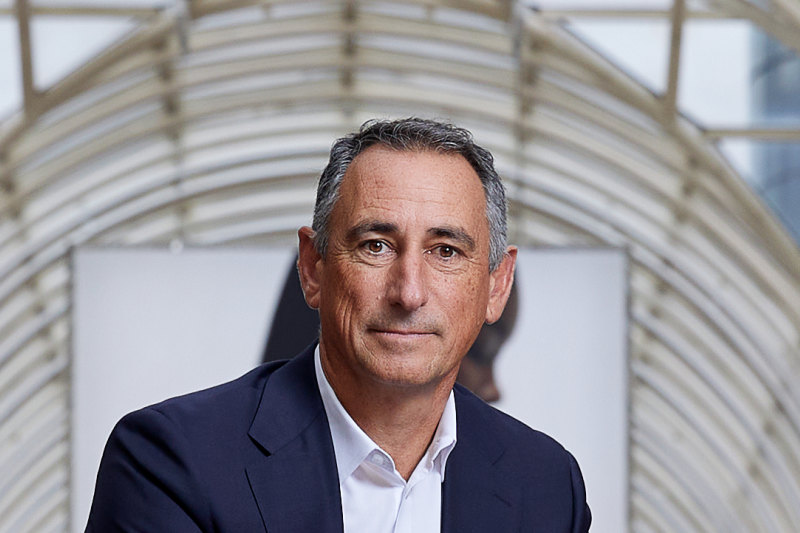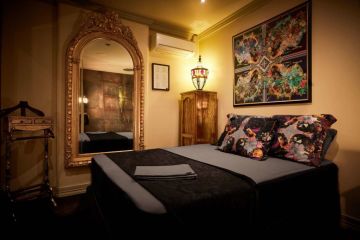Canberra suburbs the fastest-growing in Australia

Canberra is home to Australia’s fastest-growing suburbs, with the population rate escalating almost 130 per cent in some areas, new data shows.
The 2016 Population and Residential Building Hotspots report, released by the HIA, provides a snapshot of Australia’s fastest-growing towns, cities and regions for the 2014/2015 financial year.
For the fifth consecutive year, the ACT’s south-west topped the nation’s hotspots.
To make the list, suburbs must have a population growth exceeding the national rate and the value of residential building work approved must exceed $100 million.
HIA ACT and Southern NSW executive director Greg Weller says the territory’s new suburbs led the charge.
“The fastest-growing suburbs in Australia were Wright and Coombs, which recorded population growth of 127.3 per cent and registered $216.5 million worth of residential building approvals during the year,” Weller says.
The previous year, the two suburbs recorded a population growth rate of 134.4 per cent and $185 million in residential building approvals.
Weller says land supply, housing affordability and proximity to amenities were behind the accelerated population and building activity in Wright and Coombs.
But figures are coming off a low base for both suburbs and overshadow some of the ACT’s other standout performers, Weller says.
“The suburb of Harrison also made the national top 10 in fourth place, with population growth of 22.8 per cent and approvals valued at $101.7 million.
“The other big hotspot in ACT was the Gungahlin-West area, which includes Moncrieff, where population growth was 123.2 per cent and residential building approvals were valued at $20.3 million,” Weller says.
Of the national top 10, two hotspots were located in the ACT which is a high proportion, given the territory’s size, Weller says.
The report forecasts that in Franklin, the value of residential building approvals is expected to more than triple during 2015/16, while in Crace, the value of building approvals is set to increase by 7.7 per cent during the same period.
Victoria’s Cranbourne East took second spot on the national list, with $328.6 million worth of work approved in 2014/15 and an annual population growth rate of 32 per cent, followed by NSW’s Cobbitty-Leppington in third with $363 million of approvals and an annual population growth rate of 26.1 per cent.
Victoria took out six of the top 20 hotspots, Western Australia had five and there were four in NSW. Queensland and the ACT each had two, while the Northern Territory was home to one hot spot.
We recommend
We thought you might like
States
Capital Cities
Capital Cities - Rentals
Popular Areas
Allhomes
More







